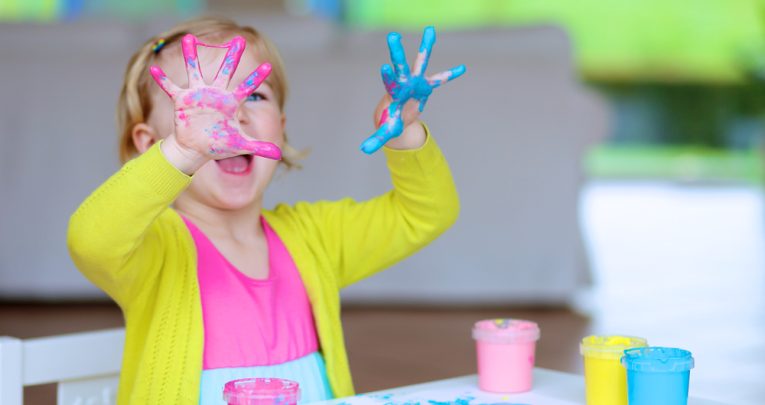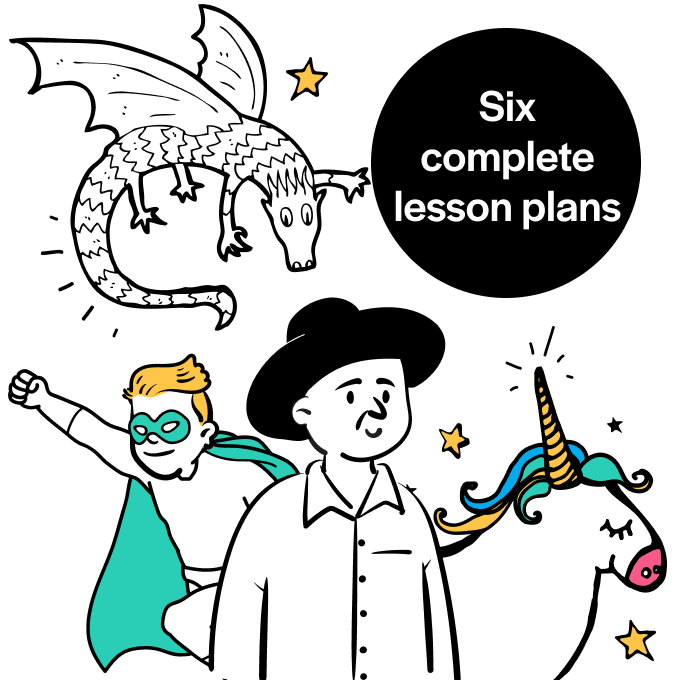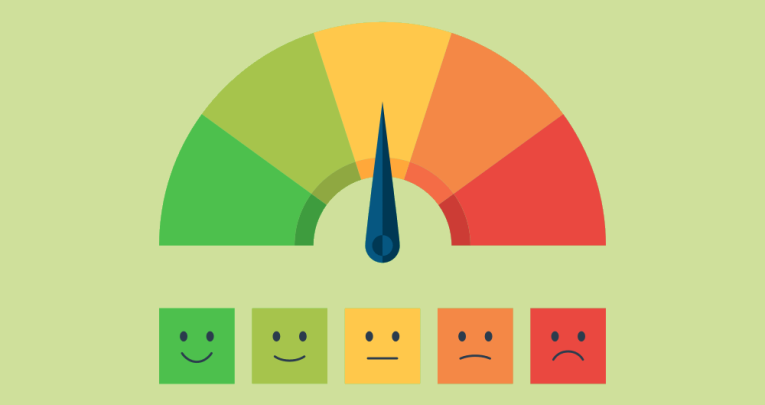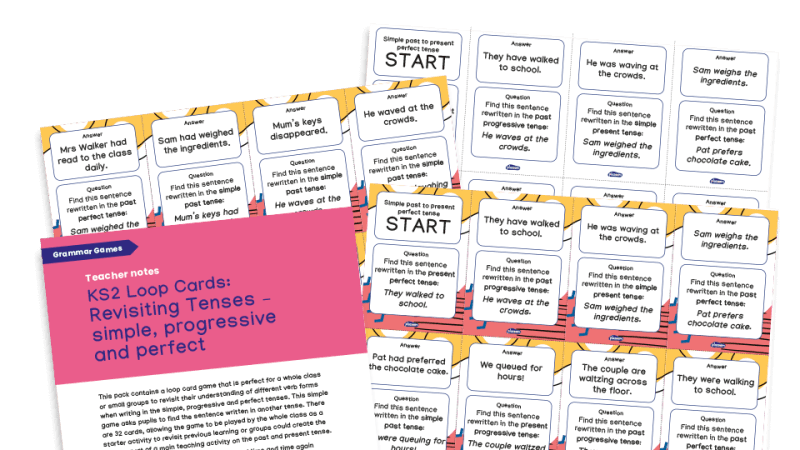Maths and Mud – How To Inspire Early Years Learning Through Messy Play

Sam Holland explains how messy play can be used by practitioners to inspire children’s overall learning experience…

- by Sam Holland

Developing a range of activities that encourage children to be creative, express their individuality and build fine and gross motor skills won’t just help them to develop self-confidence – it will also improve their overall levels of ability and self-esteem.
Within a play curriculum, messy play is an aspect that encompasses each of these skills in an organic setting, since it offers opportunities to explore a broad range of activities. Arranging straws in a sand tray, for instance, will encourage children to work in groups and allow childcare practitioners to promote sharing and communication with others. This can then be built on by having the children organise the straws according to size, which will require them to employ problem solving abilities and fine motor skills.
Tackling shyness with cling film
Many of these messy play activities can also be replicated at home, and are easily accessible for parents. Take the following ‘cling film exercise’, for example:
• Wrap a tabletop surface in cling film
• Apply a variety of different coloured paints to the cling film surface
• Place a second sheet of cling film over the top, pushing the paint down to create various patterns and mixes of colours
• Have the children press and push the paint, using their fingertips to create different textures
This particular activity doesn’t require much in the way of preparation or purchasing of materials, but it’s a straightforward exercise that can help children to work in a group, interact and come out of their shell. Nursery practitioners might find it worthwhile setting up multiple messy play activities and encouraging the children to move towards those activities that attract them most – an approach that can be helpful in encouraging shy children to participate of their own will.
It’s important for practitioners to recognise how they can nurture great language, numeracy and literacy skills beyond the traditional environment, through messy play activities. Messy play activities involving gloop (typically a mix of cornflour and water), for example, will encourage children to explore texture, talk about what is happening and use descriptive language. By simply allowing children to discuss what they are doing and offering subtle prompts, nursery practitioners can start building the foundations children need for being able to understand and navigate social and group situations.
Teaching maths with mud
Here’s another tried and tested messy play activity, this time involving soil, that’s fairly easy to implement with larger groups of children: • Add soil to trays of different shapes and sizes
• Add different resources to the soil for the children to find, such as toy animals, dinosaur figures or plastic shapes
• Ask the children to dig, empty and re-fill the trays – this can be done with a variety of age appropriate tools
This exercise can be used to promote mathematical language help children understand different shapes, sizes and metrics. Practitioners can ask children to compare and contrast the different toys and materials they unearth from the soil – again, in a way that helps to encourage language and communication, but with an additional focus on mathematical concepts. For pre-school children, you could extend the activity by introducing weighing scales and asking children to examine which toys and materials are heavier or lighter.
Changing the ways in which children are able to demonstrate their creativity can change the process by which they learn. Young children enjoy using their whole bodies to explore their environments using a sensory approach. As they begin to make simple marks through gross motor movements, they will soon notice how their movements make different marks. As children grow and continue to develop, they will begin to use tools to make more purposeful marks that they ascribe meaning to.
Ultimately, messy play sparks the children’s imaginations and promotes communication at all levels, while encouraging to work together and play alongside others.
Sam Holland is a childcare and curriculum advisor at Busy Bees Childcare; for more information, visit www.busybeeschildcare.co.uk or follow @busybeesuk







